For centuries, the towering pyramids of Egypt have stood as a testament to human ingenuity and ambition. Built over 4,500 years ago, these massive structures continue to inspire awe and curiosity. But how were they really constructed? Were they built by thousands of laborers using simple tools, or did the ancient Egyptians possess advanced techniques that have been lost to time? This article explores the latest discoveries and theories surrounding the construction of Egypt’s most iconic monuments.
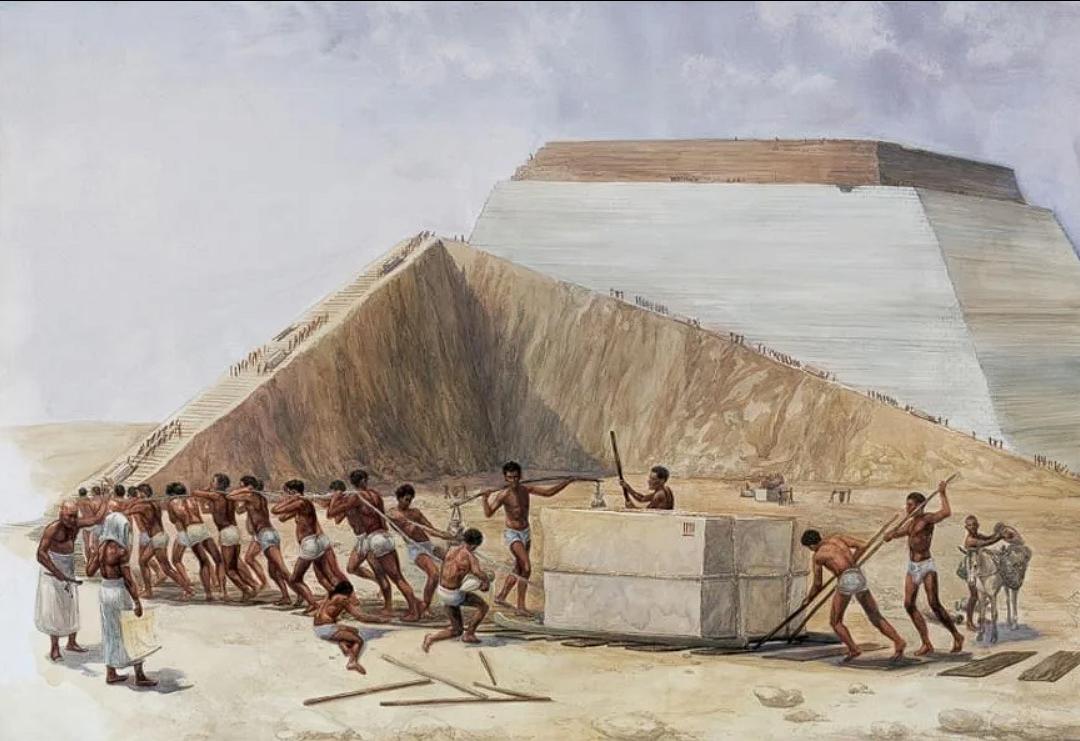
The Historical Background of Pyramid Construction
The Purpose of the Pyramids
The pyramids were primarily built as tombs for Egypt’s pharaohs, ensuring their passage into the afterlife. The most famous among them, the Great Pyramid of Giza, was constructed for Pharaoh Khufu around 2580 BC. Ancient Egyptian beliefs held that the pharaoh’s spirit needed a grand resting place to facilitate its journey beyond this world.
Laborers or Slaves? The Workforce Debate
For years, popular culture suggested that the pyramids were built by slaves. However, archaeological evidence indicates that the workforce primarily consisted of skilled laborers. Excavations near the pyramids have uncovered workers’ villages, complete with bakeries, medical facilities, and living quarters, suggesting that they were well-fed and treated with respect.
Materials Used in Construction
The pyramids were constructed using limestone blocks sourced from nearby quarries. The inner core consisted of rough-cut limestone, while the outer casing was made of highly polished Tura limestone, reflecting sunlight and giving the pyramids their once-dazzling appearance.
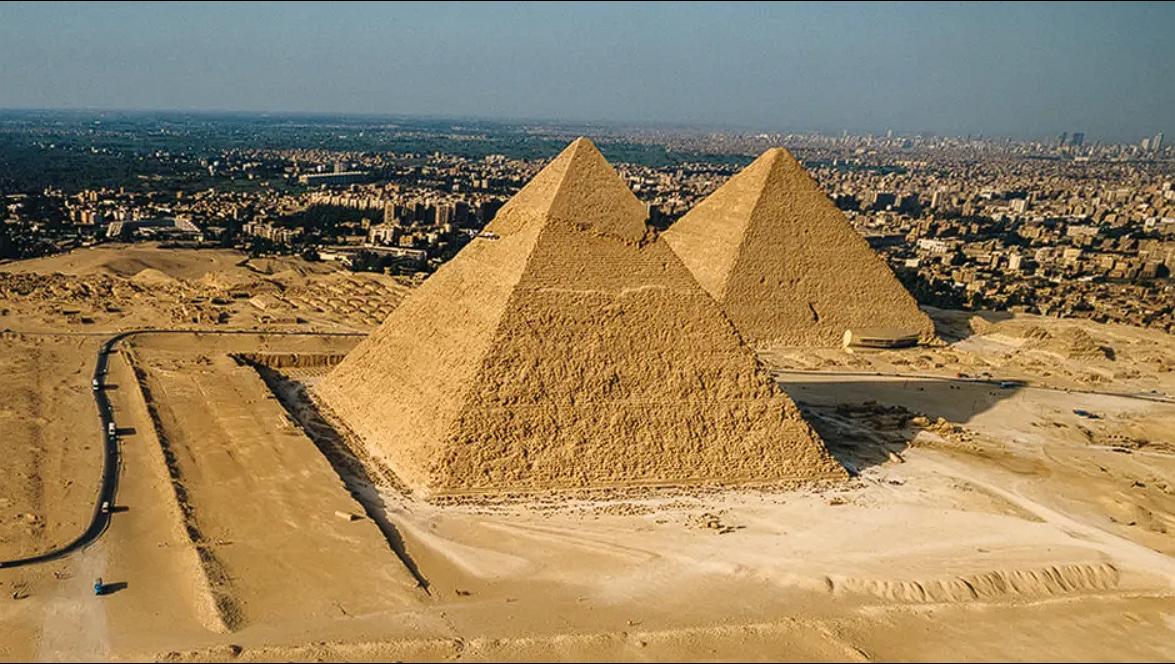
Engineering Marvels: How Were the Pyramids Built?
The Papyrus of Merer: A Groundbreaking Discovery
In 2013, archaeologists unearthed ancient papyrus scrolls detailing the work of a man named Merer, an overseer involved in pyramid construction. His writings described how massive limestone blocks were transported along the Nile using a sophisticated canal system. This revelation provided the first written evidence of the pyramid-building process.
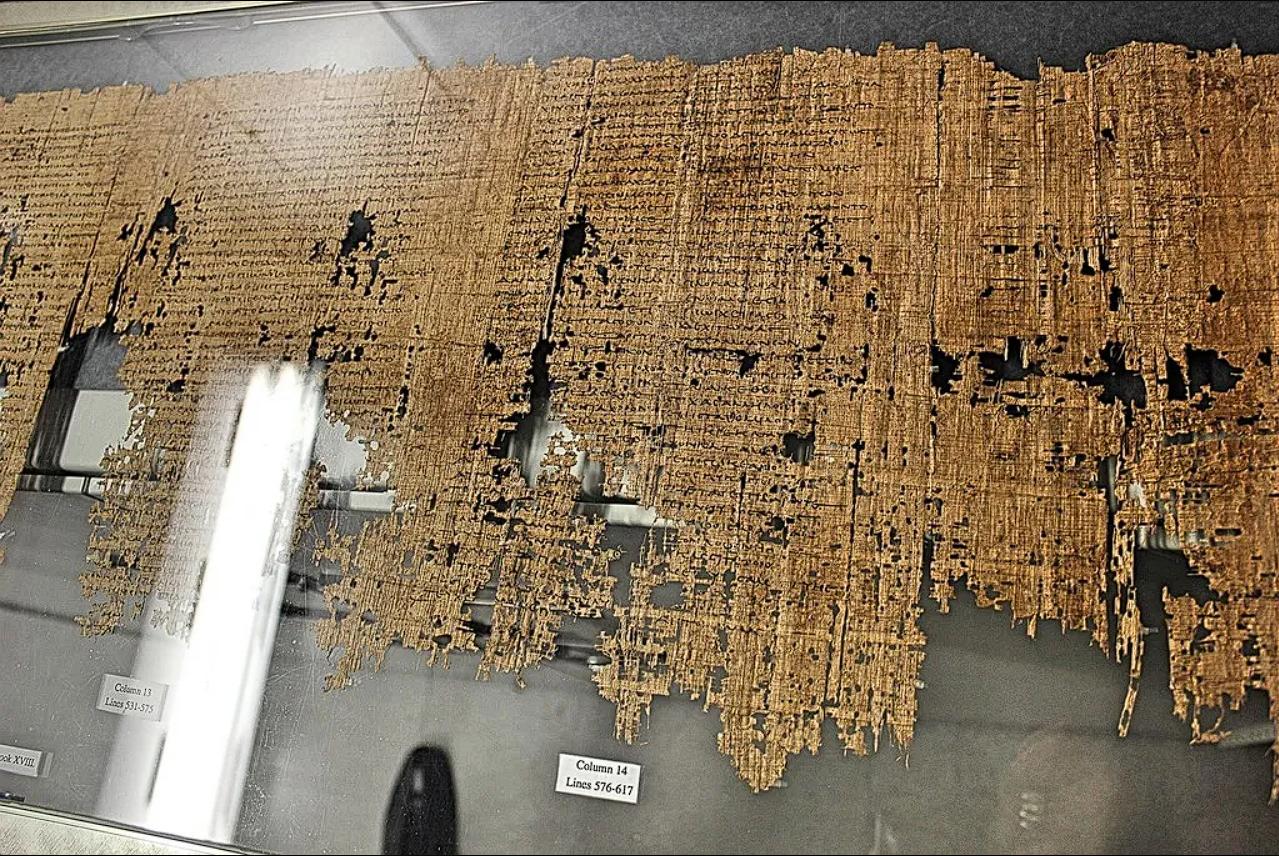
Theories on Lifting the Stones
One of the biggest mysteries is how the ancient Egyptians managed to lift massive stones, some weighing several tons, to such great heights. Several theories have been proposed:
- Straight or Zigzagging Ramps – Some experts believe that long ramps were built alongside the pyramid to move the stones upward.
- Spiral Ramps – Another theory suggests that ramps wrapped around the pyramid’s structure, allowing workers to transport materials in a circular path.
- Counterweight Systems – Some researchers propose that pulleys and counterweights were used to hoist the heavy blocks.
Precision and Alignment
The Great Pyramid is aligned almost perfectly with the cardinal points—north, south, east, and west—demonstrating remarkable precision. This suggests that the ancient Egyptians possessed advanced knowledge of astronomy and engineering.
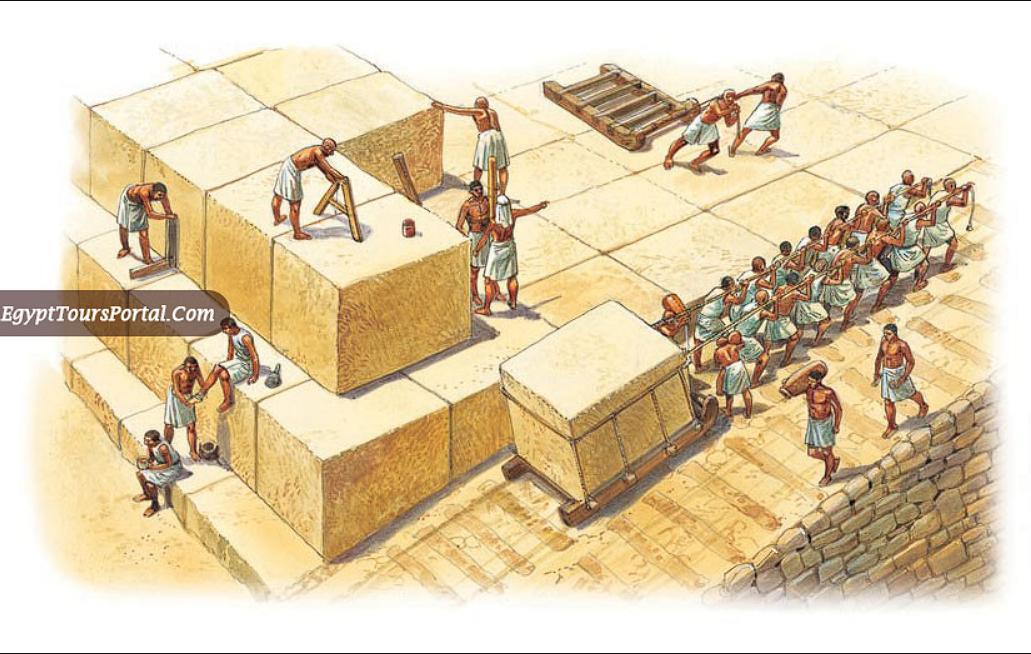
Modern Discoveries and Unsolved Mysteries
Hidden Chambers Inside the Pyramids
Recent technological advancements, such as cosmic-ray imaging, have revealed voids within the Great Pyramid that have yet to be explored. Scientists speculate that these could be hidden chambers containing valuable artifacts or additional burial sites.
The Role of Water and Canals
Merer’s papyrus suggests that canals played a significant role in transporting materials. Some researchers believe that water may have been used to reduce friction, making it easier to drag stones across the sand.
What Remains Unknown
Despite these discoveries, many aspects of pyramid construction remain a mystery. Questions persist regarding the exact timeline, the tools used for precision cutting, and whether additional pyramids or hidden structures remain undiscovered.
Conclusion: Have We Uncovered the Full Story?
The Great Pyramid of Giza is the last surviving wonder of the ancient world, yet it continues to mystify historians, engineers, and explorers alike. While discoveries like the Papyrus of Merer provide valuable insights, the true extent of the techniques and knowledge employed by the ancient Egyptians is still debated.
What do you think—have we truly uncovered the full story of how the pyramids were built, or is there still more to learn?
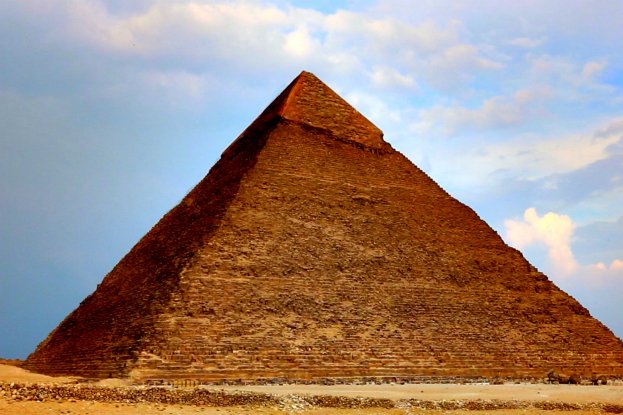

CÁC TIN KHÁC
Mary Walton: The Forgotten Inventor Who Helped Clean Up America’s Cities
Tomb of Queen Nefertari in the Valley of the Queens, Egypt
Discover the Hypostyle Hall of the Temple of Hathor at Dendera
Venus de Losange: Unveiling the Mystery of a 20,000-Year-Old Paleolithic Icon